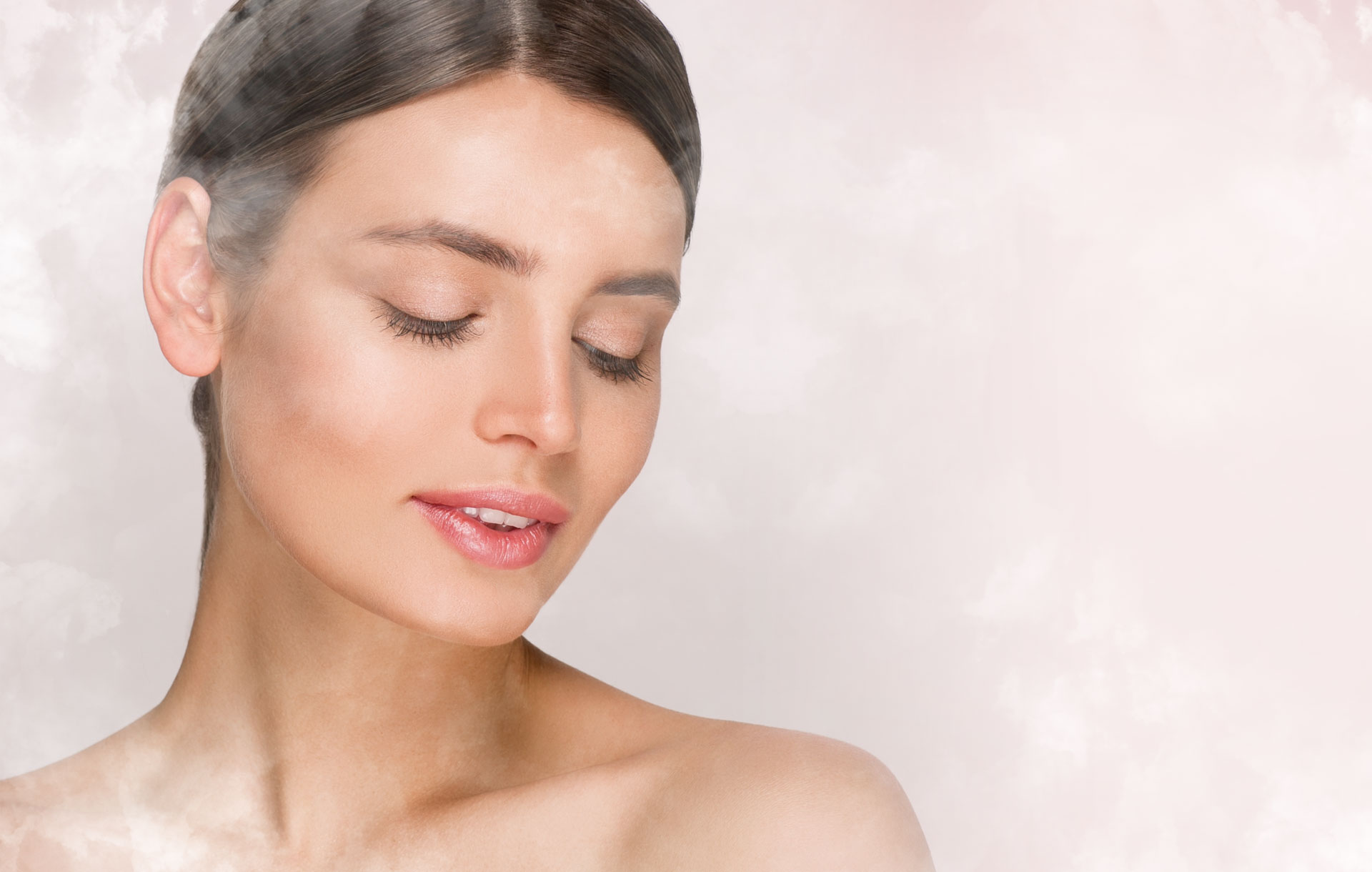The Good, the Bad and the Steamy
Facial steam is considered a must during the cleansing process for many estheticians. Clients, too, are keenly aware of whether or not their esthetician used steam, no matter what type of facial they received, because it is seen as an essential part of the facial experience and something clients can’t often replicate at home. But, is facial steam really good for the skin? Is it really integral to the cleansing process? Is it good for all skin types? Let’s breakdown the myths and misconceptions about facial steam…
BENEFITS OF STEAM
Facial steam is typically utilized during the cleansing process. There are several real benefits to using facial steam. Facial steam is crucial in helping to soften sebum build up and loosen up congestion. Steam also helps the esthetician prepare the skin for maximum absorption of active ingredients used later on during the treatment. Facial steam also increases circulation and brings fresh blood flow to the skin. As an additional benefit, steam is often relaxing for the client, especially if the facial steam is infused with essential oils for added fragrance and aromatherapy.
While steam can be an overall pleasant experience for the client, the same cannot always be said for the skin. It’s important to realize that not every client needs or benefits from steam. If you automatically steam every client, especially new clients prior to skin analysis, think again.
WHO SHOULD YOU STEAM?
Facial steam is perfect for clients with oily and congested skin, especially those requiring heavy extractions or those with hard sebum build up. The benefit of steam in this case is twofold: first, the water vapor loosens clogged pores and softens hardened sebum; second, the heat induces sweating which further helps to dislodge and flush out the pores.
Sebaceous filaments, for example, are often difficult to extract because the sebum is hardened. Steam is extremely helpful when preparing to extract these sebum plugs.
MYTH ALERT:
Pores DO NOT open and close.
Similarly, you cannot shrink the size of a pore. The buildup of sebum, dead skin, and bacteria can oxidize in an open pore to form a blackhead, making the pore look larger because it’s now filled with debris. If the pore is enlarged due to congestion or sebum build up, extracting the pore will make it appear smaller, but the pore will never be smaller than it is when naturally clean and clear. The reason steaming is often misunderstood is because of the popular misconception that you can change a pore’s size. In reality, the “smallest” pore only appears that way because it is a clean pore.
Steam is also great for clients with sallow or tired looking skin. Because steam brings circulation and fresh blood supply to the skin, it can help with healthy coloring of the skin. Because steam softens the skin, it can also help active ingredients penetrate.
WHO SHOULD YOU NOT STEAM?
Here is the important part. Steam is not recommended for clients with sensitivity, aging skin, dryness, volume loss or dilated and broken capillaries.
Clients with sensitive skin might already deal with facial redness on a daily basis. Causing the skin to warm up and experience an increase in blood flow can exacerbate this problem because it dilates the blood vessels in the skin causing them to appear larger and redder. Especially in clients with rosacea, steam should not be used, as the steam can cause flushing and increased inflammation. Hot temperatures also strip natural moisture from the skin.
Clients with aging skin already have more delicate skin than their 25 year old self did. Softening the outer layer of the skin can make it thinner and more delicate and therefore more prone to wrinkles and dryness. Often times, those with aging skin suffer from an impaired skin barrier, making steam especially damaging because the outer layer of the skin is already compromised.
Recently, reports have also shown that heat can cause a slow destruction of collagen strands and therefore cause premature aging. For this reason, steam should not be used on clients with fragile or aging skin.
When using steam on clients with dry skin, be diligent about rehydrating the skin and applying a slightly occlusive moisturizer at the end of the treatment, as steam can leave the skin more vulnerable to TEWL and dryness.
STEAM PRECAUTIONS
Proper care should be taken if you determine that your client is a good candidate for steam. Make sure your steam is at least 10 inches from the face, and ask your client if the steam is hitting evenly and if they are comfortable with the heat and amount of steam.
Be sure to clean your steamer and water basin thoroughly to prevent moldy build-up. Check your manufacturer’s instructions when doing so.
Many clients arrive to their facial appointments with makeup on. Be sure to remove the client’s makeup before steaming. Otherwise, clogging silicones and oils will only seep further into the client’s skin.
The length of steaming depends on the amount of extractions needed and the condition of the individual client’s skin. Be mindful of how long you are steaming. Steaming for the entire facial is not recommended.
AT HOME STEAMING
Many clients purchase popular at home facial steaming devices online or even boil a pot of water to experience facial steam at home. This is not only ineffective but also dangerous. Without a skin care professional who knows their skin and how much stimulation it can take, clients run the risk of overstimulation, dehydration, irritating skin conditions they might have, and even a bad burn. Talk to your client about their home care routine and educate them on why steaming needs to be performed by a licensed professional.
Not every client can benefit from steam. And unfortunately, some clients can experience a worsening of their condition due to facial steaming. Use your best judgment and take time to break the habit of automatically steaming every client prior to a thorough skin analysis!













